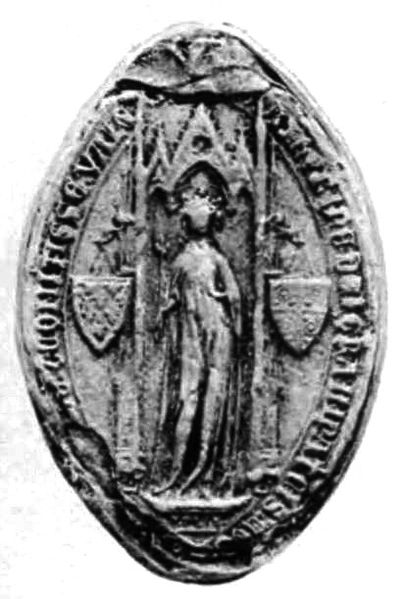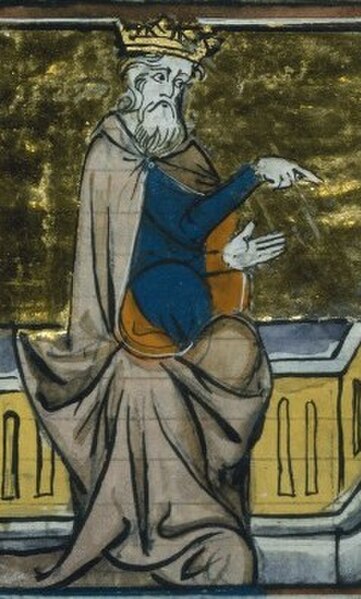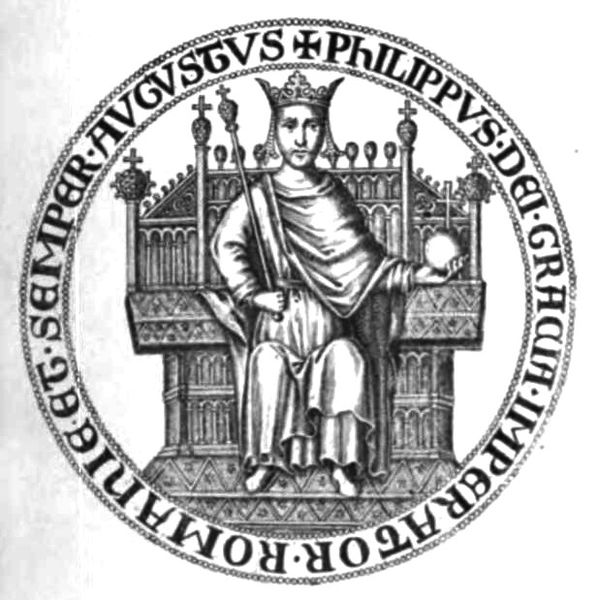The Latin Emperor was the ruler of the Latin Empire, the historiographical convention for the Crusader realm, established in Constantinople after the Fourth Crusade (1204) and lasting until the city was reconquered by the Byzantine Greeks in 1261. Its name derives from its Catholic and Western European ("Latin") nature. The empire, whose official name was Imperium Romaniae, claimed the direct heritage of the Eastern Roman Empire, which had most of its lands taken and partitioned by the crusaders. This claim however was disputed by the Byzantine Greek successor states, the Empire of Nicaea, the Empire of Trebizond and the Despotate of Epirus. Out of these three, the Nicaeans succeeded in displacing the Latin emperors in 1261 and restored the Byzantine Empire.
Last in Office Baldwin II Early 1228 – 24 July 1261
Seal of Catherine of Courtenay
Image: Baldwin I of Constantinople
Image: Eppignoc
The Latin Empire, also referred to as the Latin Empire of Constantinople, was a feudal Crusader state founded by the leaders of the Fourth Crusade on lands captured from the Byzantine Empire. The Latin Empire was intended to replace the Byzantine Empire as the Western-recognized Roman Empire in the east, with a Catholic emperor enthroned in place of the Eastern Orthodox Roman emperors. The main objective of the Latin Empire was planned by Venice, which promoted the creation of this state for their self-benefit.
Seal of Philip of Courtenay, Latin Emperor in exile 1273–1283. His title in the seal is Dei gratia imperator Romaniae et semper augustus ("By the Grace of God, Emperor of Romania, ever august").
Capture of Constantinople during the Fourth Crusade in 1204.






